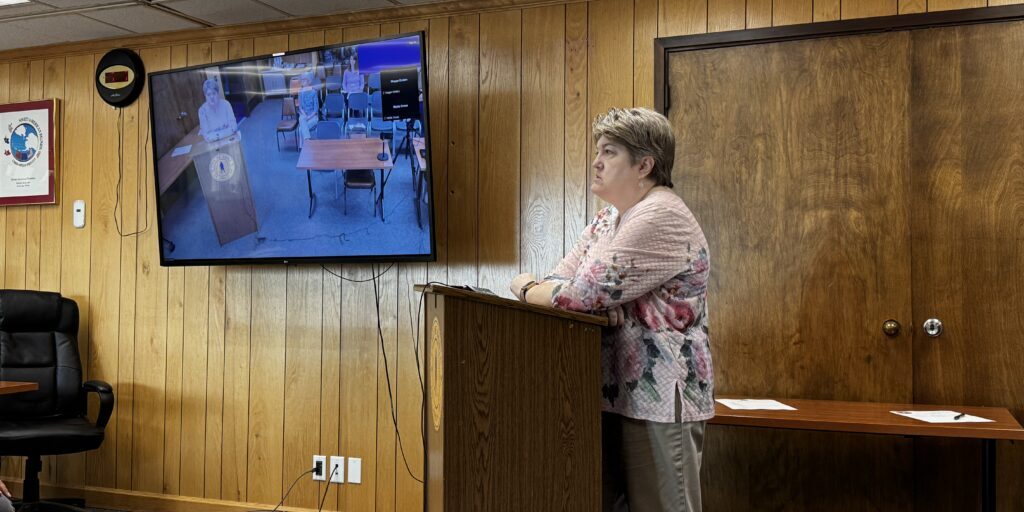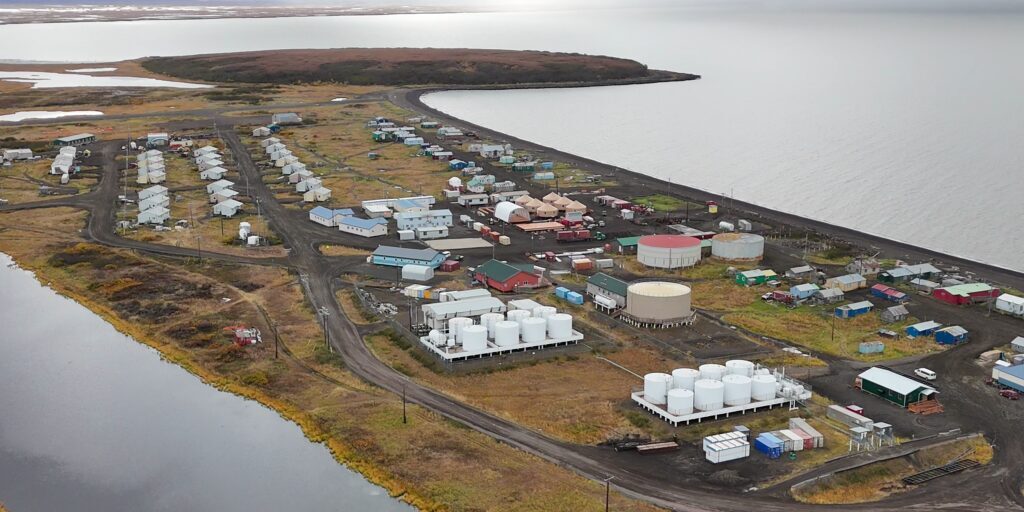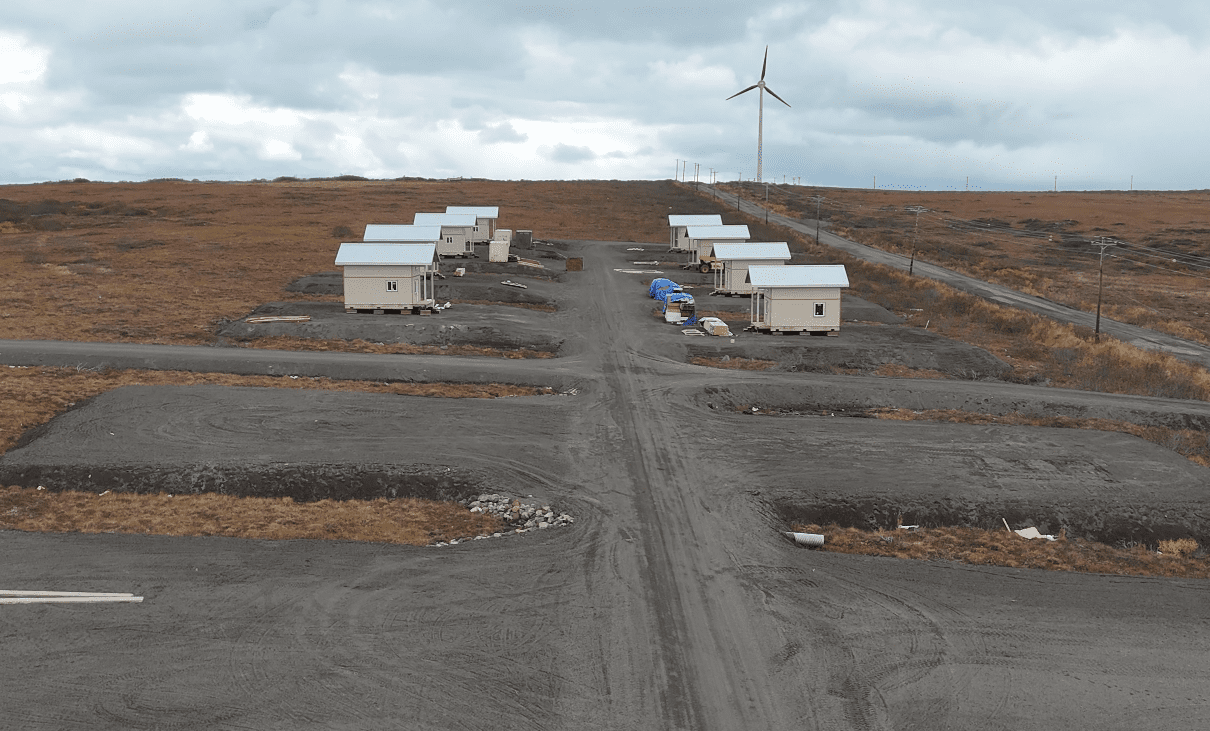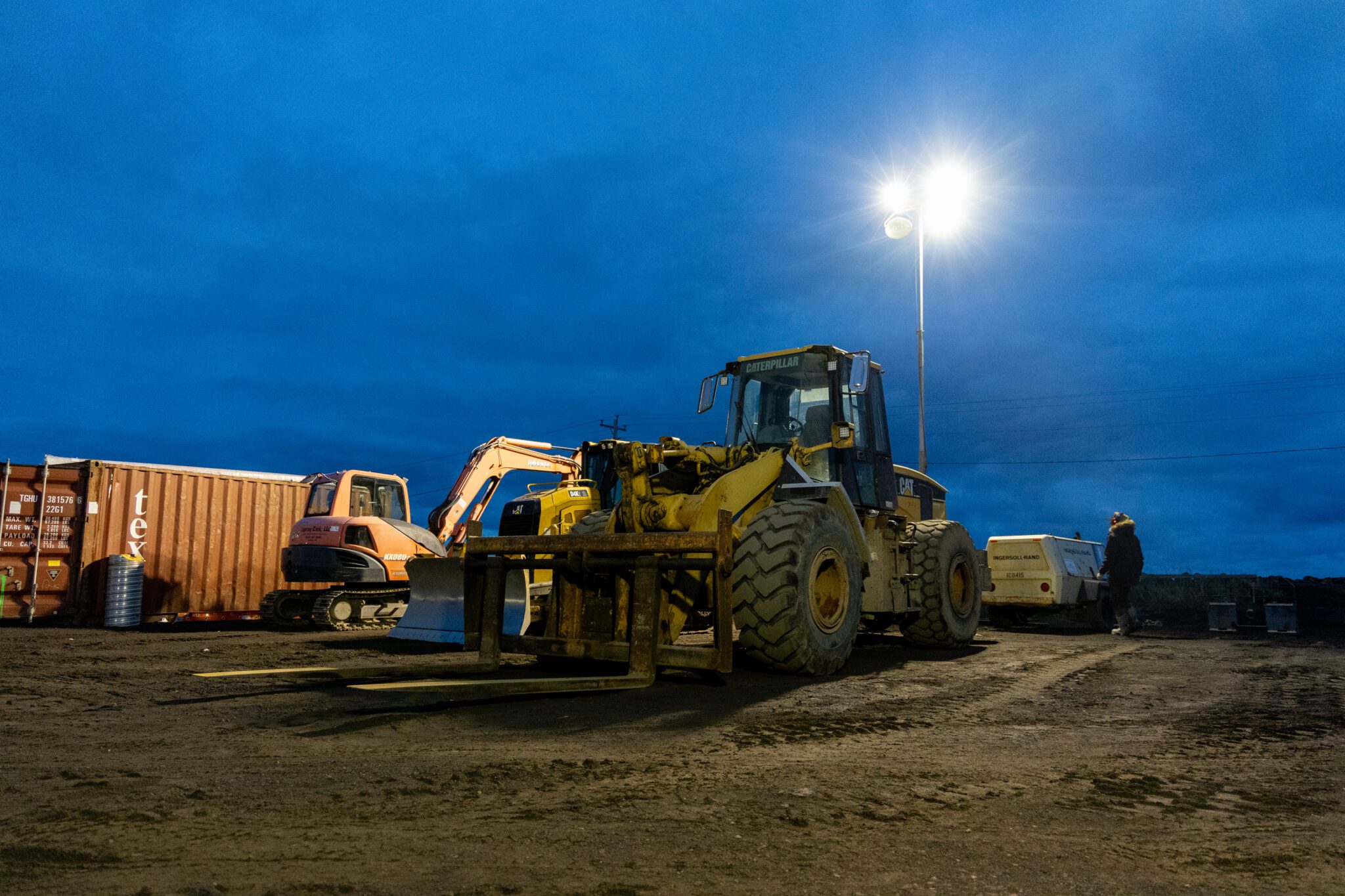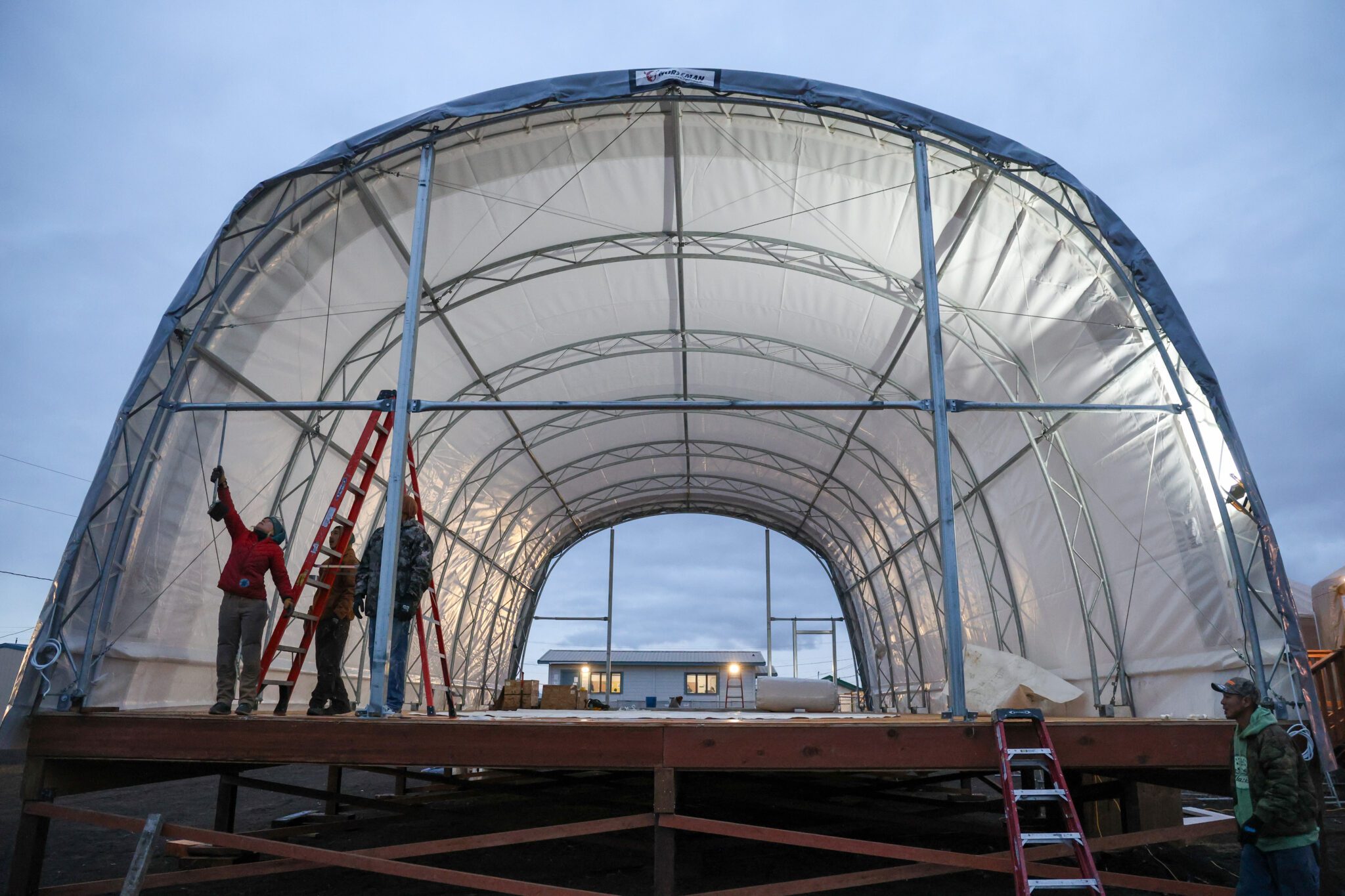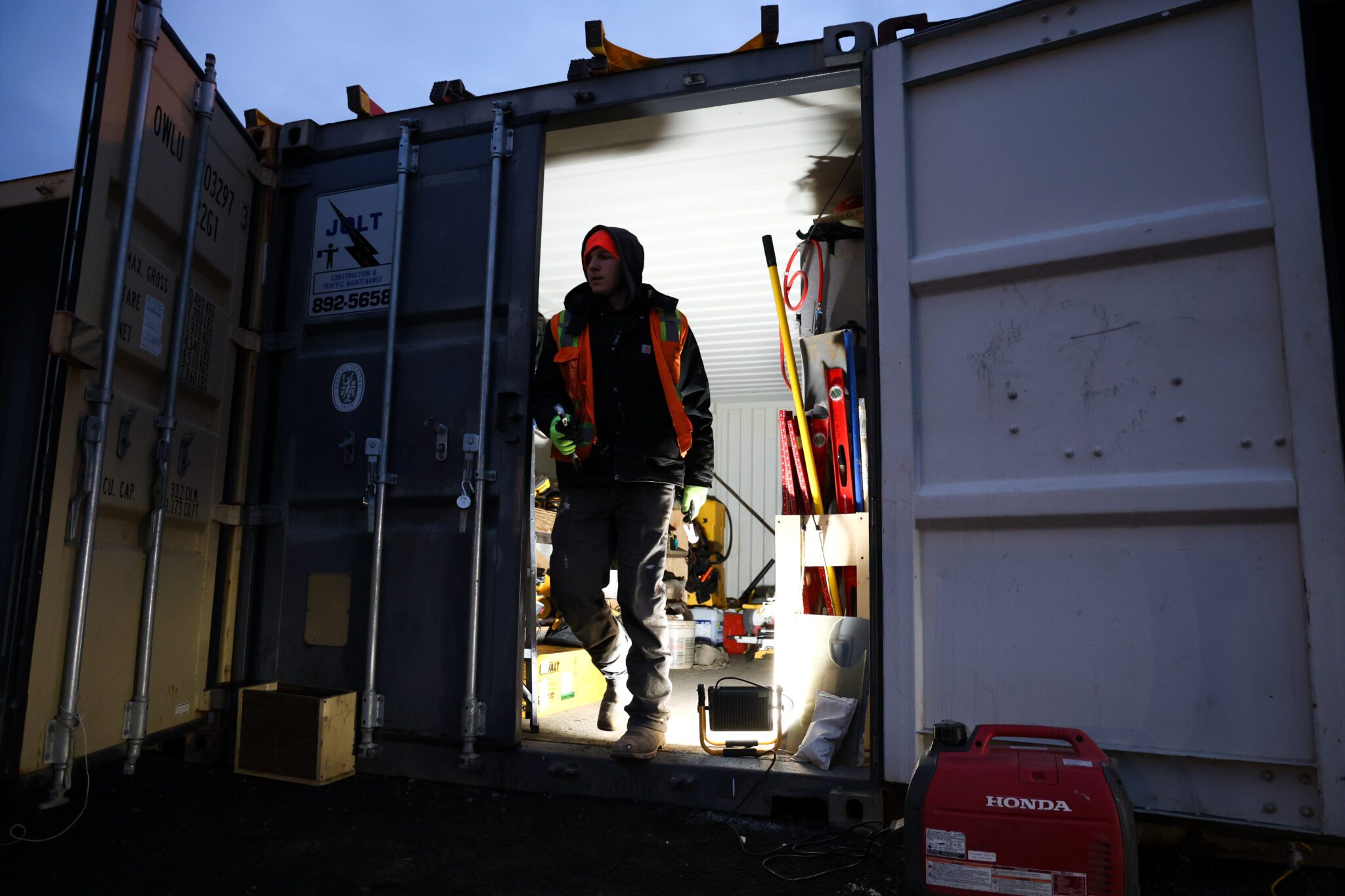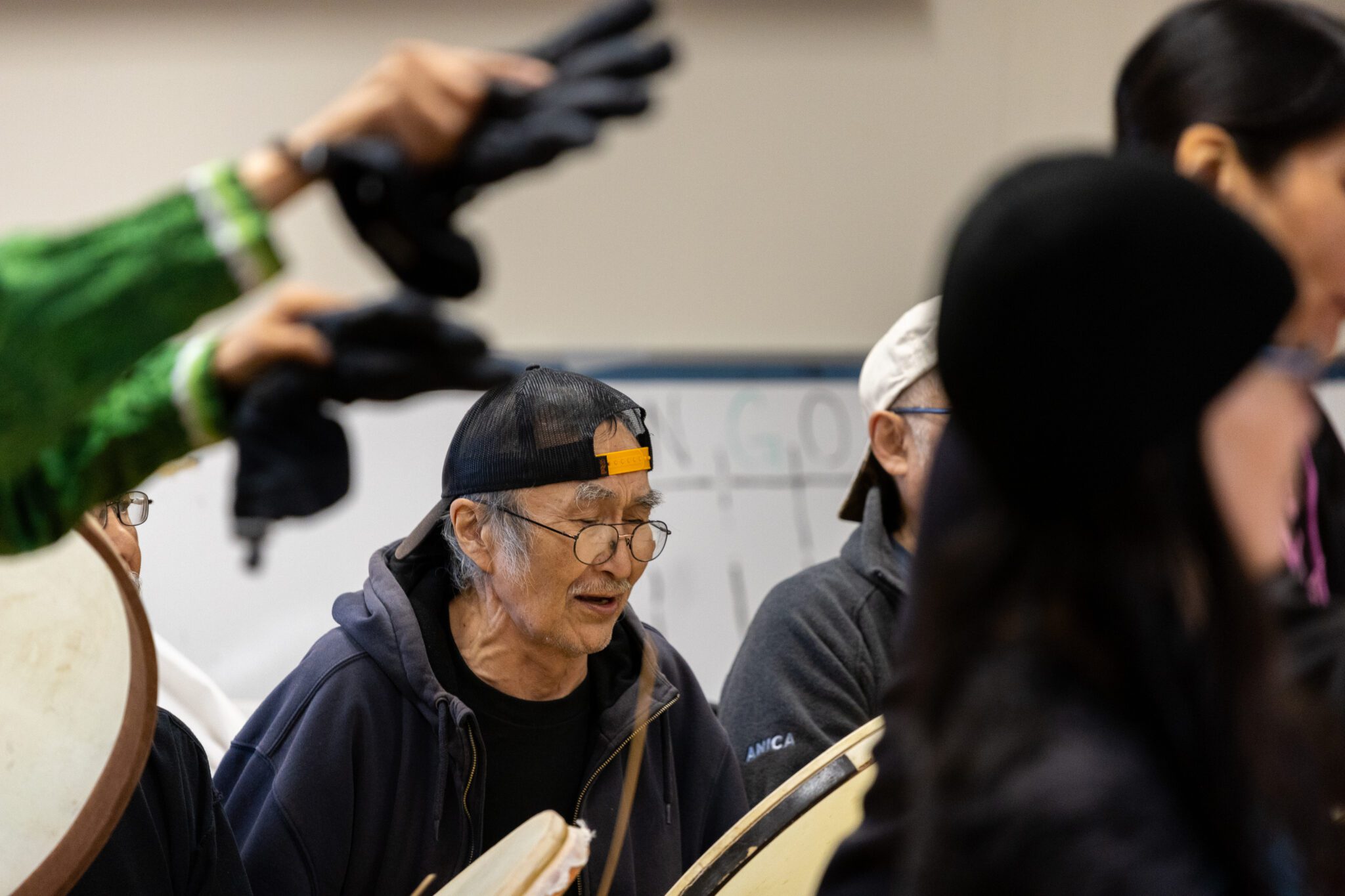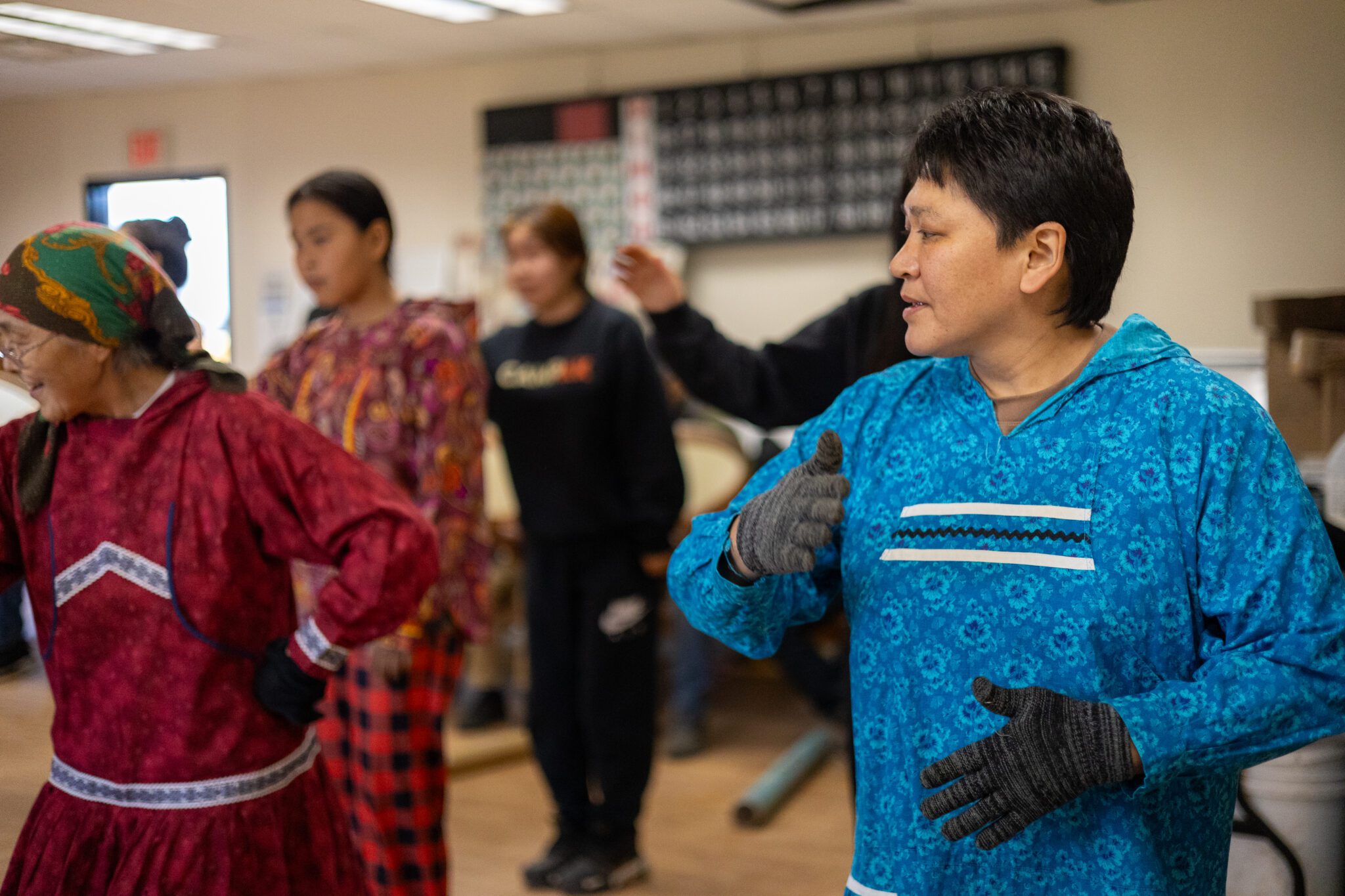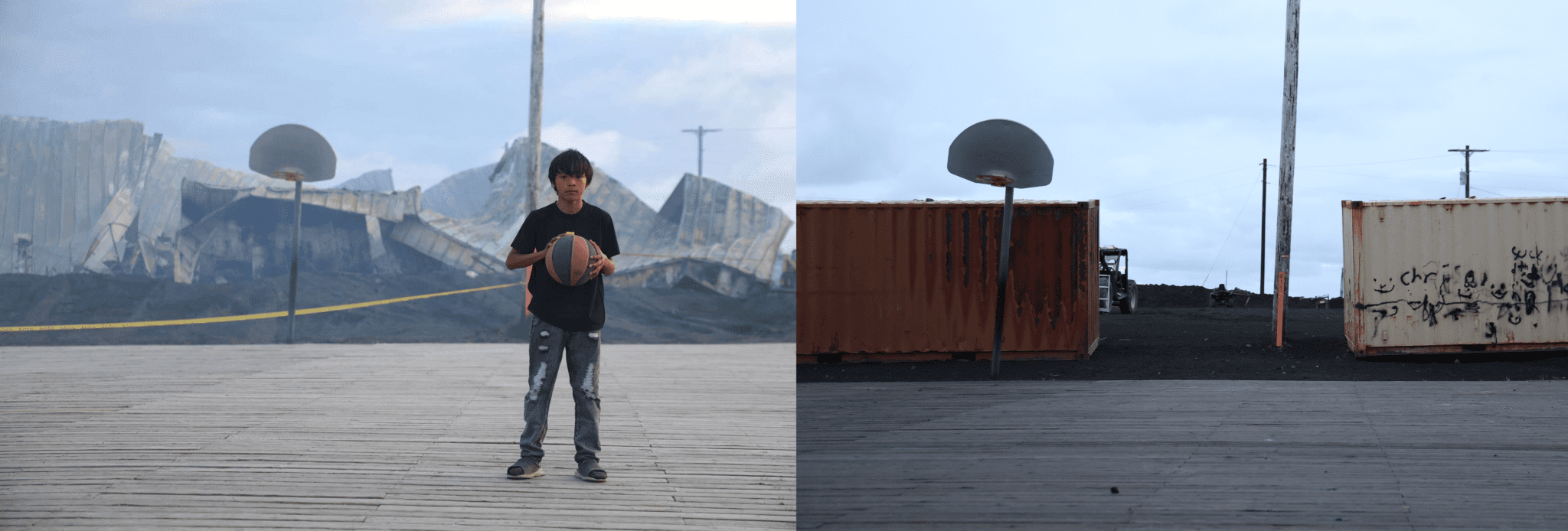From the editor: This story is from a trip to Stebbins in late September 2024. The village has made further progress since then, and will be included in future reporting.
The last time KNOM visited Stebbins, a devastating fire had just leveled the village’s only school and eight nearby buildings. The Tukurngailnguq School, like in many villages, was more than just classrooms. It was a place for kids to play sports, an emergency shelter, and a hub for the community.
Its loss was a gut punch to the growing western Alaska village, where nearly half of the population are minors.
This is what Stebbins’ City Administrator, Daisy Katcheak, said the day after the fire.
“We’ve been telling them for the past two years, your life is going to transform. Our local leaders are working hard to change your life. To change your persona of being beaten to empowering yourself with unity and teamwork," Katcheak said.
Four months later, the site where the school once stood has been cleared out. In its place are eight new portable classrooms, two large multipurpose buildings, and a new sense of hope for the village.
But the school isn’t the only thing that's changing.
A quick glance towards the hill just north of town reveals eight new cabins, and just beyond them a 900-kilowatt windmill that powers Stebbins and the neighboring village of St. Michael. The windmill was installed earlier in 2024 through a partnership between the Stebbins Native Corporation and Alaska Village Electric Cooperative.
The roads are dark, filled with fresh gravel from one of three nearby quarries. From the backseat of a pickup truck, they’re even smoother than the roads in Nome.
A new store has been built too, nearly two years after their old one burned down. The fire came mere months after 2022's Typhoon Merbok wreaked havoc on villages across western Alaska. The new store more than doubles the space that its temporary location in the city building afforded.
Heartbeat of hope
Katcheak is Stebbins’ relentless leader. If you said that to her face, she’d humbly deflect the praise to others in the community. She was temporarily hired to the city administrator role in November of 2021, but at the insistence of the city council stayed on in a permanent position.
“I was trying real hard to just be temporary, but the council, they were so adamant about keeping me,” Katcheak said. “The reason I'm here is because I want to see water and sewer, I want to see our health improve, I want to see more housing. I want to see fairness and equality. I know we can actually do that.”
Katcheak’s vision for the community is “changing the persona” of the next generation of Stebbins. It’s a mantra she often repeats when talking about the Yup’ik village. Katcheak is forward-thinking, focused not on the past of Stebbins but on the future.
When you're in Stebbins, you get the sense that the rhetoric is starting to work.
Tapraq Rock
Working in tandem with the City of Stebbins is Tapraq Rock. The construction company is partially owned by Stebbins Native Corporation and over 90% of their workforce comes from Stebbins.
The night of the fire, workers from Tapraq rushed to the scene to help build dirt berms around the burning school to contain the blaze. After the fire they chartered a barge with nearly $1.5 million worth of equipment, housing, and materials to fill the needs of the ailing community.
According to Tapraq, they did so without any discussions on where funding would come from, knowing it was the right thing to do.
Tapraq’s worksite manager, Kelin Adams, attributes much of the transformation in Stebbins to their local workforce. He said that with some training, they’re ready for any job.
“These guys are so under-credited. There's only trained and untrained, right? And if you give training and proper motivation, these guys can do anything that an out-of-town crew can do and we've proven that, and we'll keep proving it,” Adams said.
Following the fire, Tapraq’s crew got to work dismantling and disposing of the remains of the school. Two miles to the northwest of town at the Stephens Hill Quarry, connexes packed with debris await shipment on barges next summer.
Making time for dancing
Back at the school, Katcheak invited us to a potlatch at the IRA building later that evening.
“It's a place of healing. I really encourage you guys to come out. We've been under a lot of stress lately," Katcheak said. "You're gonna dance too."
"I'm gonna try!” I responded enthusiastically.
After the dance, Katcheak said she hadn't let herself have a good time since the fire. If you ask me, she deserved it too.



